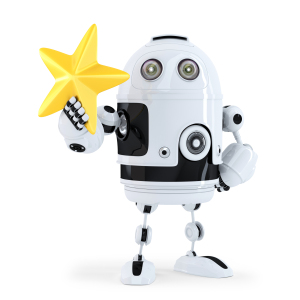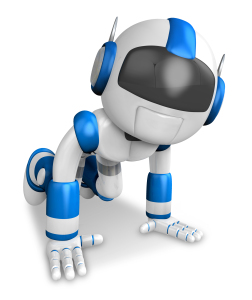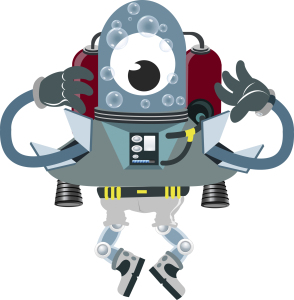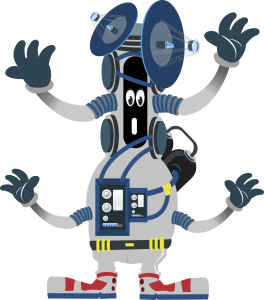Hour of Code
Essential
Question: How do we use computer coding
to make a character move in a video game?
Students at Howe Manning Elementary School will be participating in the "Hour of Code" this week.
What is "Hour of Code"?
Hour of Code is an opportunity for every student to try computer science for one hour.
Computer Science for Elementary School
Watch this video for Hour of Code 2014
Howe Manning students entered the computer lab today full of excitement. Mrs. Paz introduced the Hour of Code last year and has continued it this year with an introductory video. Today, they were ready to start.
President Obama Kicks of Hour of Code
Mrs. Pazdziorny sent this email out to HM staff:
"Howe
Manning students are getting very excited about The Hour of Code. Next week,
during computer classes, our entire school is joining in on the largest
learning event in history, The Hour of Code, during Computer Science Education
Week (Dec. 8-14). Last year, 15 million students tried computer science in one
week. This year, we're joining students worldwide to reach 100 million
students!
I
have enrolled every student into the program. There is a unique link for each
class. They will be given their log in information next week. They will be able
to use this link to log in at home if they desire. Once they complete the “Hour
of Code” activities, many other coding activities are unlocked for them to try.
If you would like me to create a user name for you to try it out, let me know.To
learn more about The Hour of Code, visit their website at: www.hourofcode.com/us"
Fun music video to show the "Top 10 Reasons to Code."
Students loved creating code to make their video game characters move. They worked with Angry Bird, dragons, greeting card creation, art tasks, monster race, candy quest, and many others.
The website that hosts The Hour of Code crashed today...Eeeek! Mrs. Paz and I had no fear. We had the students use Tynker to code.
Students are able to do coding any time of the day. They are signed up on Code.org, but can make accounts on any number of coding websites. Here is a list of some websites for coding that we found to be fun.
Go to Code.org Lessons
 |
| Courses for coding on Code.org |
Here are ideas of apps and websites that teachers and students have used:
 Kindergarten
Kindergarten
Start kindergartners with problem solving. If they love Legos, they’ll love coding
- BotLogic–great for Kindergarten and youngers
- Code–learn to code, for students
- Daisy the Dinosaur—intro to programming via iPad
- How to train your robot–a lesson plan from Dr. Techniko
- Kindergarten coding
- Kodable--great for youngers–learn to code before you can read
- Move the Turtle–programming via iPad for middle school

- Primo–a wooden game, for ages 4-7
- Program a human robot (unplugged)
- Scratch Jr.
1st Grade
- Code–learn to code, for students
- Espresso Coding–for youngers
- Hopscotch–programming on the iPad
- Primo–a wooden game, for ages 4-7
- Scratch Jr.
- Tynker

2nd Grade
- Code–learn to code, for students
- Espresso Coding–for youngers
- Google Spreadsheets–decode and fill in color coded pictures (like the popular gingerbread house, penguinpicture, or shapes and pictures)
- Hopscotch–programming on the iPad
- Tynker
3rd Grade
- Blockly
- Build with Chrome–kind of like Minecraft, more like Google Earth Warehouse; use virtual Lego blocks to build in your browser
- Minecraft
4th Grade
- Build with Chrome–kind of like Minecraft, more like Google Earth Warehouse; use virtual Lego blocks to build in your browser
- Khan Academy Computer Science
- Minecraft

- Robotics
- Scratch
- Snap!—runs in your browser
5th Grade
- Build with Chrome–kind of like Minecraft, more like Google Earth Warehouse; use virtual Lego blocks to build in your browser
- Google Spreadsheets–code the spreadsheet with color that will reveal a secret picture
- Khan Academy Computer Science

- Lego Digital Designer
- Minecraft
- Robotics
- Scratch
- Snap!—runs in your browser
- Tinkercad–3D modeling–fee–perfect for 3D printing
- Windows Property menu–create a shortkey for any Windows tool through properties.Here’s a how-to for one example
- Wolfram Alpha widgets
Middle School
- Alice
- Auto Hotkey–free–simple shortkey programming for students; requires download
- Build with Chrome–kind of like Minecraft, more like Google Earth Warehouse; use virtual Lego blocks to build in your browser
- Code Avengers
- Code Monster
- Gamestar Mechanic–design video games
- Hakitzu–learning through games
- Khan Academy Computer Science
- Lego Digital Designer
- Looking Glass—animated story–offshoot of Alice
- Minecraft
- Notepad–coding using the Windows Notepad
- Python
- PythonMonk–free lessons for beginners on Python

- Robotics--using NXT and Lego Mindstorm
- Scratch--here's a Scratch tutorial for Hour of Code. Find the facilitator's guide hereand the self-guided tutorial here.
- Snap!—runs in your browser
- Tinkercad–3D modeling–fee–perfect for 3D printing
- Windows Property menu–create a shortkey for any Windows tool through properties.Here’s a how-to.
- Wolfram Alpha widgets
Here are general ideas. See what fits best for your grade levels:
- Activate!—create games

- American Computer Science League–competitions for junior and senior high
- Chrome Experiments–geeky experimentation with programming
- Google Computer Science for High School–free workshops (with application) for K-12 teachers
- I like programming video
- Kodu—game programming
- Learn to code
- Robby Leonardi–programmer–a game played about programming in the style of Mario
More ideas? Check Cybraryman's Programming Page and see what Kent ISD is doing that week.
Massachusetts
Technology Literacy Standards and Expectations
Standard 3. Demonstrate the ability to use technology
for research, critical thinking, problem solving, decision making,
communication, collaboration, creativity, and innovation.
G3-5: 3.6
With teacher direction, use appropriate technology tools to define
problems and propose hypotheses.
G6-8: 3.4
Independently use appropriate technology tools (e.g., graphic organizer)
to define problems and propose hypotheses.
International Society for Technology in Education (ISTE) Standards:
1. Creativity and Innovation
Students demonstrate creative thinking, construct knowledge, and develop innovative products and processes using technology.
4. Critical thinking, problem solving, and decision making
Students use critical thinking skills to plan and conduct research, manage projects, solve
problems, and make informed decisions using appropriate digital tools and resources.
6. Technology operations and concepts
Students demonstrate a sound understanding of technology concepts, systems, and operations.





No comments:
Post a Comment